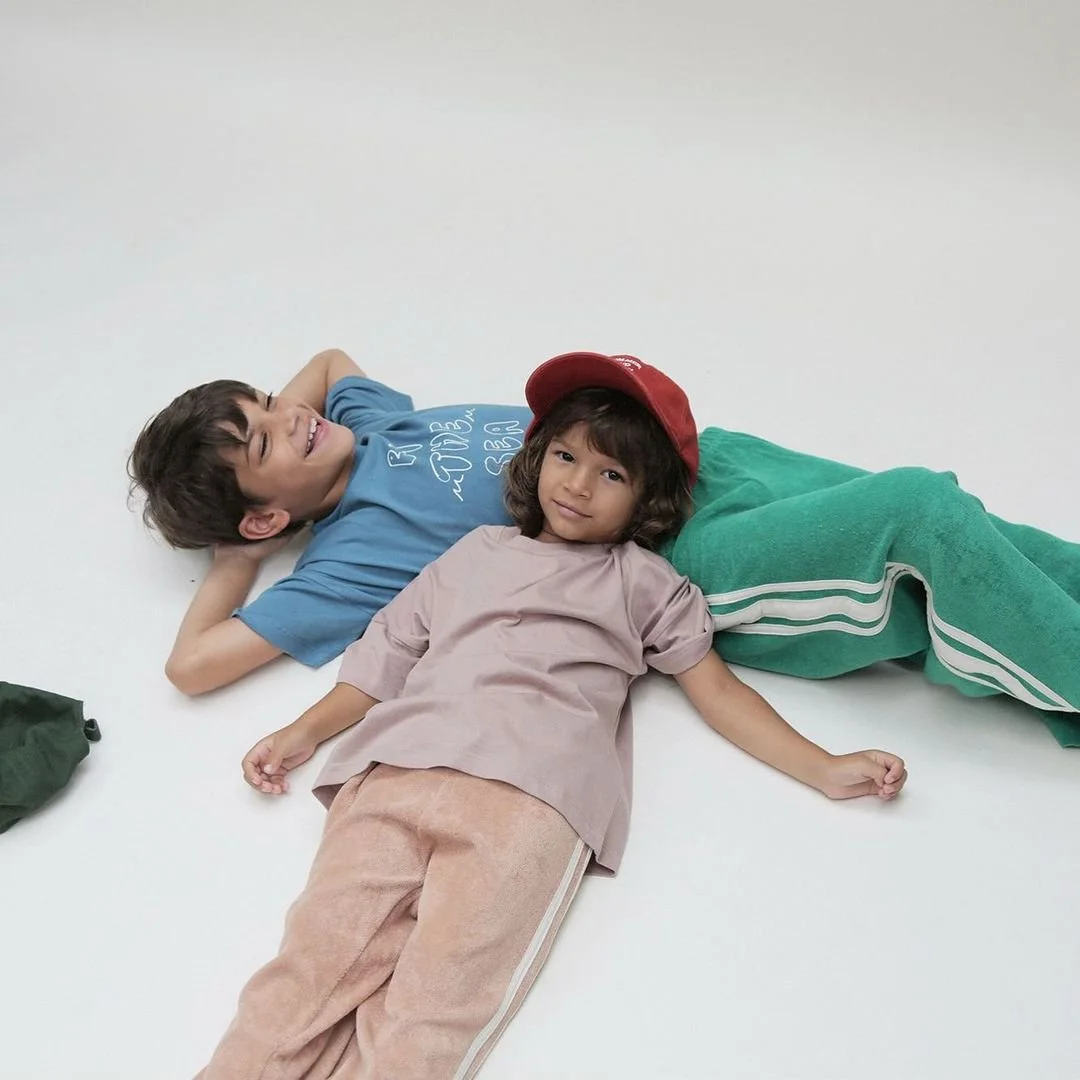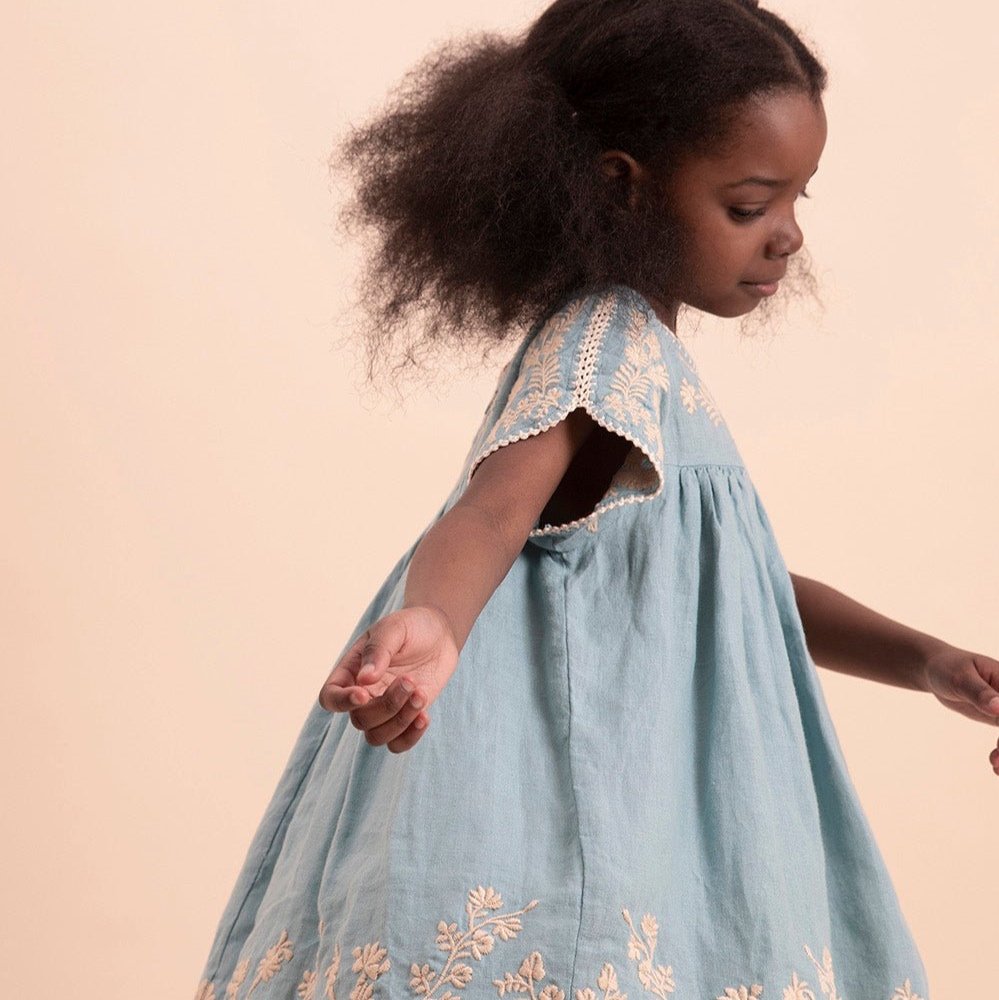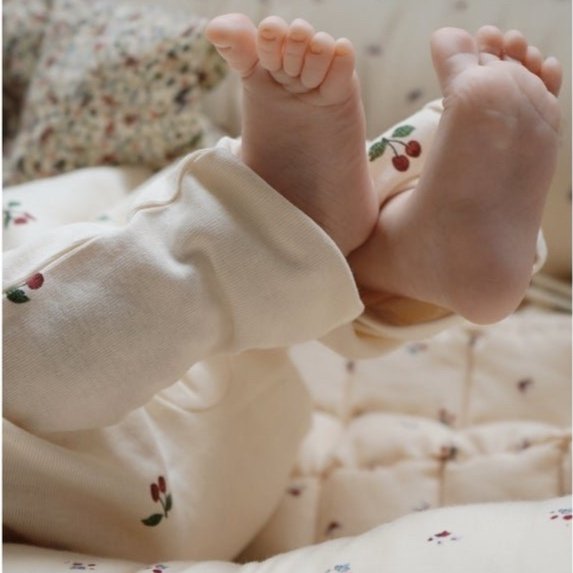Sustainability Q+A with Gray Label
Gray Label
INTERVIEW WITH GRAY LABEL
WHAT IS THE GRAY LABEL ETHOS?
Gray Label was founded by Emily Gray in 2011 and has made name in the field of quality essentials for children since then. It has become Emily’s aspiration to evolve Gray Label into a continuously expanding Universe. Marked by her signature and bound to her vision that children have the primary right to be regarded and respected as the person they are. This means that she believes the world children live in should be respected, too.
Gray Label was one of the first children brands that took organic production further than just working with organic cotton. Eventually, this led to the GOTS certification label that is carried inside each Gray Label item, assuring that everything is made following the highest standards of organic and socially responsible production.
YOU’RE BASED IN AMSTERDAM, IS YOUR WHOLE TEAM THERE?
Our office is based in Amsterdam, here we work together with a team on design, sales, marketing and communication. It’s like the heart of our everything we do, from where what we outsource is guided. We also have a team of wonderful ladies in our shop at the Huidenstraat here in Amsterdam. This is close to our head office. Besides, we work with an independent warehouse for our distribution.
WHERE ARE THE COLLECTIONS PRODUCED? ARE YOU ABLE TO CLOSELY MONITOR YOUR PRODUCTION?
The collections are designed in Amsterdam and produced in Portugal, Turkey and Slovakia. When you start new business relations, we always work more closely to build up trust and get to know the work methods of your partner. Our production team has been paying visits to our manufacturers to see how the production process is going.
HOW DO YOU ENSURE YOUR MANUFACTURERS ARE MEETING BEST ETHICAL PRACTICES? DO THEY HAVE ANY CERTIFICATION?
Not only the fabrics but also the manufacturers we work with are GOTS certified. For the employees of these companies this means; Long term partnerships and regular audits, safe and hygienic working conditions, fair wage, no child labour and working hours are not excessive.
YOUR COLLECTION IS 100% ORGANIC COTTON AND GOTS CERTIFIED. HOW DO YOU SELECT YOUR FABRICS AND WHERE DO THEY COME FROM?
From the beginning we’ve only worked with two qualities; cotton jersey and cotton fleece. This is what people know us for and currently expect us to offer J. So we ask every factory we work with to create this quality for us. We’re not selecting, we’re making. In the meantime every factory we work buys the original cotton from GOTS certified sellers. This is key!
CAN YOU PLEASE TELL US ABOUT HOW YOUR FABRICS ARE DYED?
With natural dye and without chemicals, as GOTS guidelines prohibit these.
WHAT DO YOU DO WITH YOUR OVERSTOCK OF MATERIALS AND FABRIC SCRAPS?
Since we only have two qualities, we almost never have overstock materials. We’re not a brand selling very different collections every season. Our items can always be used at any time of the year. The only waste we could have are from the seasonal colours. All the clothes we can’t sell within the season will go to our sample sale. If after the sample sale there are still some items left, we will store them in our warehouse for other purposes like stock buyers or charity.
Both our suppliers send small pieces of fabric (left-overs from cutting) to textile recycling companies. As an example our supplier in Portugal has a company close-by with a legal license to recycle textile products, and there is an agreement that they collect and recycle all the textile waste. On every collect, they issue a document according to what was collected, and at the end of the year a summary is presented on the national website of recycling. Our supplier in Turkey supply mills with the fabric waste. The mills cut these fabrics into very little pieces (fibers) from which they are able to produce new yarns from.
Since Gray Label works with an Essential collection and we have only a few fabric qualities we are able to keep a close eye on our stock fabrics left over from production. We try to keep the stock fabrics amounts to a real minimum and we use the stocks for a coming production.
Also, we are looking into opportunities to upcycle eventual left-over fabrics into new products – for example by combining different colours in one style (color blocking).
CAN YOU PLEASE TELL US ABOUT YOUR PACKAGING FOR SHIPMENTS TO CUSTOMERS?
The packaging we use to ship to our customers consist of recycled cardboard boxes and paper foil. All other paper that is used, such as hang tags, postcards and our packaging are made from recycled paper.
DO YOU USE INDIVIDUAL BAGS FOR INDIVIDUAL ITEMS WHEN YOU SHIP TO RETAILERS? IF YES, ARE THEY RECYCLED AND/OR COMPOSTABLE?
When we receive our clothing in the warehouse they are individually protected by polybags. The polybags we use consist of easily recyclable plastic.
DO YOU WANT TO SHARE ANYTHING ELSE WITH OUR READERS ON YOUR EFFORTS IN SUSTAINABILITY AND ETHICAL PRACTICES?
We are researching continuously how we can make our processes more sustainable. Thankfully the opportunities are rising, also for ‘smaller’ brands like we are. At the moment we are looking into biodegradable plastic and ways to reduce the plastic use in the shipping process. And we’ve just launched a a circular- fashion entity called RTND, a concept wherein consumers can lease clothes from our Miniature collection. This saves costs, time but above all: waste! Clothes can last for more lifecycles and especially with babies this may be beneficial, as they grow out of the apparel so fast. Circular fashion eventually, is a good way to move forward!
BACK TO BRAND PROFILE
Last updated July 2020










